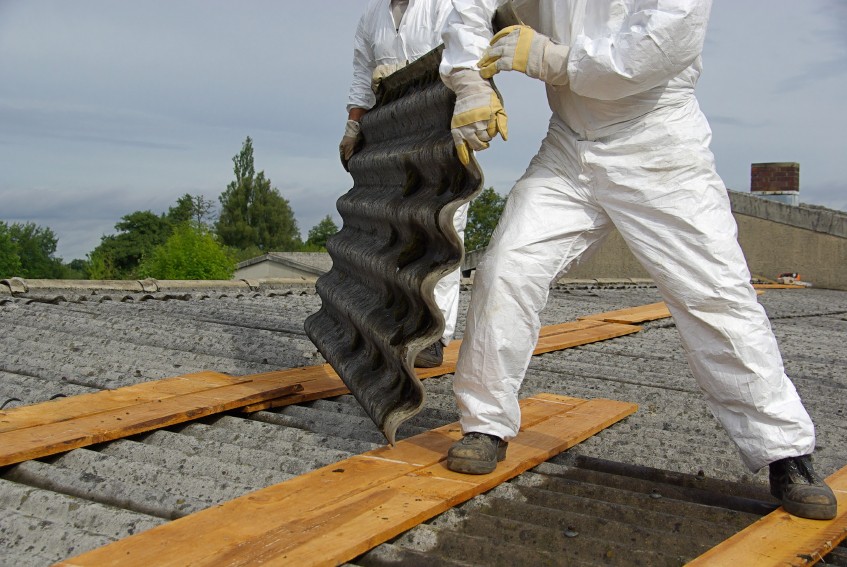How to Identify Asbestos
While asbestos saw widespread use in the 1800s all the way up to the end of the 20th century, findings regarding its harmful properties have since rendered it useless. While the use of asbestos in construction is now banned, there are still a number of homes across the UK that were built before the ban was put in place in 1999.
Asbestos kills around 5000 people a year in the UK and is the construction industry’s biggest health hazard. The worst part: symptoms of asbestos-related diseases may only surface decades after the initial exposure, and then it’s too late.
If you are concerned about whether your property contains asbestos, read through this guide about how to identify asbestos in your home and arm yourself with the necessary knowledge for dealing with it with safe removal and asbestos disposal.
What does asbestos look like?
Unfortunately, asbestos can be incredibly difficult to identify without the use of a microscope and a dedicated asbestos survey.
There are six different kinds of asbestos, and natural asbestos fibres can often have a strong fur-like appearance, with fibres tightly bound together in some forms, while other forms may look fuzzier, with fibres more loosely arranged. As long as these fibres remain untouched and tightly packed, asbestos is harmless. It’s only when the asbestos is disturbed and the fibres subsequently inhaled that it becomes harmful.
Asbestos fibres themselves are microscopically thin, and depending on the type of asbestos, the colour can range from white, to brown, to blue. These three colours denote the three broader types of asbestos, which are officially called:
- Crocidolite
- Amosite
- Chrysotile
As mentioned earlier, despite the fact that asbestos does vary in colour, it’s highly unlikely that you will be able to tell the difference between these three types by simply looking at them.

Where can asbestos be found?
Asbestos is strong, flexible and heat-resistant, which is exactly why it was useful for so many different applications. It was commonly used in the following areas of homes:
- Ceiling tiles: Asbestos was used in ceiling tiles for its heat-resistant and insulative properties. It’s not easy to detect an asbestos ceiling tile by simply looking at it, so it’s best to consider when the roof was built and work out whether it could contain asbestos.
- Flooring: Vinyl flooring was very popular from the 1950s onwards, and asbestos was often used in its construction. Vinyl flooring is less of a risk than other asbestos products though, as the asbestos contained within it is more tightly secured. That said, be extremely careful when handling old, loose vinyl flooring.
- Insulation: The use of asbestos for loft insulation was extremely popular, given it’s insulative properties. With this in mind, you should take great care going up to your attic if you haven’t in a while. Wear a face mask if you are at all concerned. The good news: this type of asbestos product is usually easier to identify, especially if it’s loose-fill asbestos, as it will resemble a thick, soft and clumped material. In lofts, you might find asbestos insulation between and over joists, over pipes, in wall cavities and under floorboards.
Woodford Recycling is dedicated to the safe and responsible disposal of hazardous waste. If you live in Cambridge, Peterborough, Huntingdom, Stamford, St Ives or the surrounding areas, and are in need of efficient asbestos waste disposal, then get in touch with us today – we’re always happy to help.

